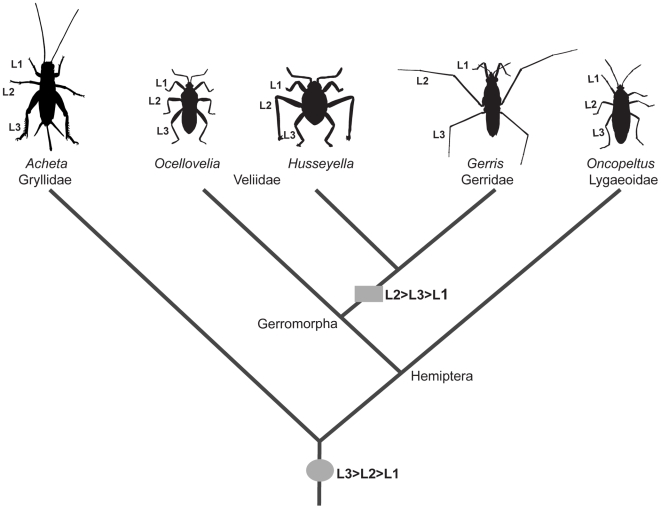Figure 1. Ground plan of appendage morphology in insects.
The common ancestor of Hemiptera most likely presents a universal insect ground plan where L3 is longer than L2, which is in turn longer than L1. The Lygaeoidae, which are terrestrial bugs such as Oncopeltus, represent the ancestral ground plan. Most semi-aquatic bugs (Gerromorpha) including the Veliidae, such as Ocellovelia, share a similar ground plan, which is associated with a mode of locomotion on water by alternating leg movements, similar to the terrestrial mode of locomotion. The Gerridae, such as Gerris, and some Veliidae, such as Husseyella, have evolved a derived ground plan where L2 is longer than L3, which is in turn longer than L1. This ground plan is an adaptation to a derived mode of locomotion on the water surface by means of oars (L2) and rudders (L3).

